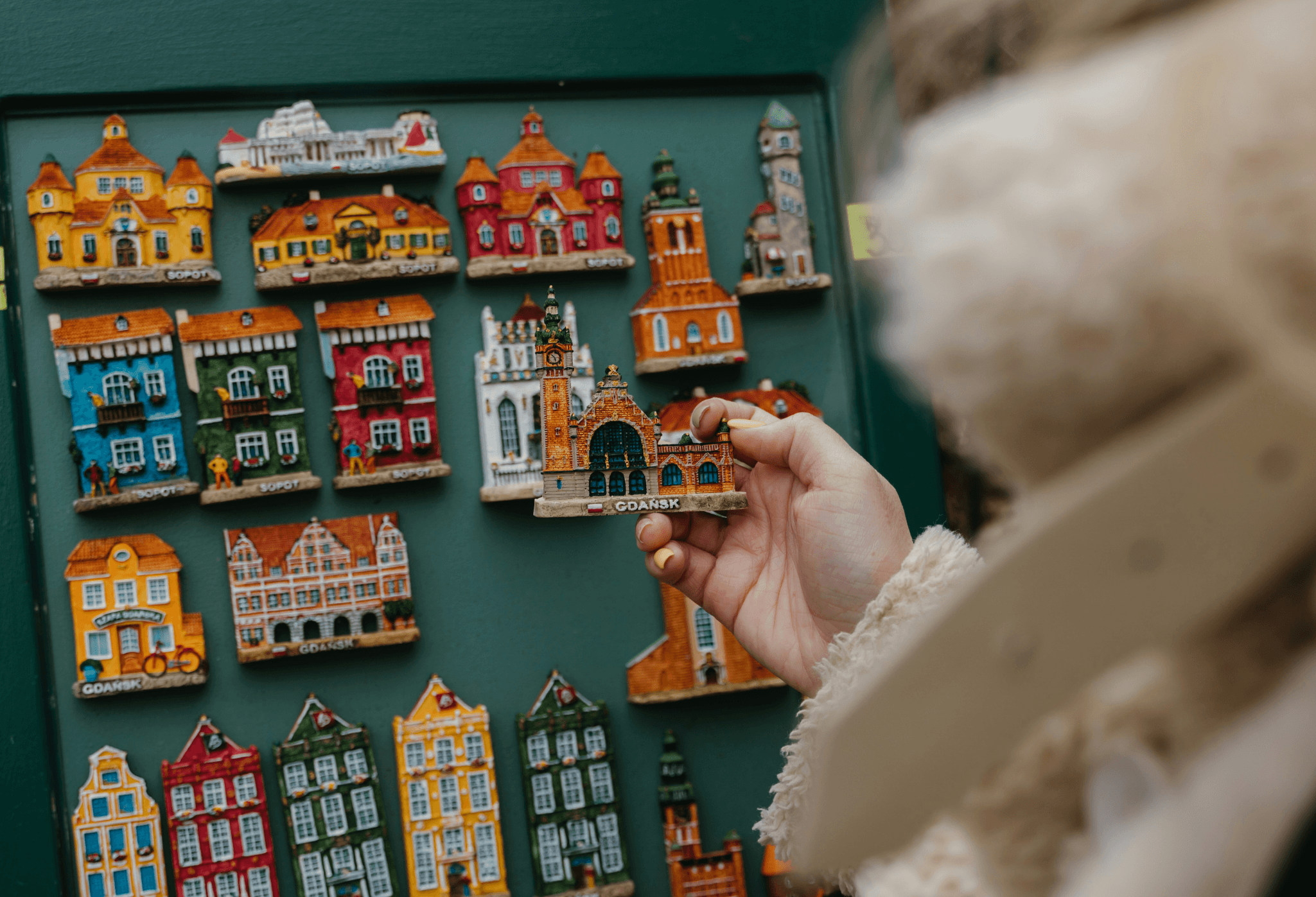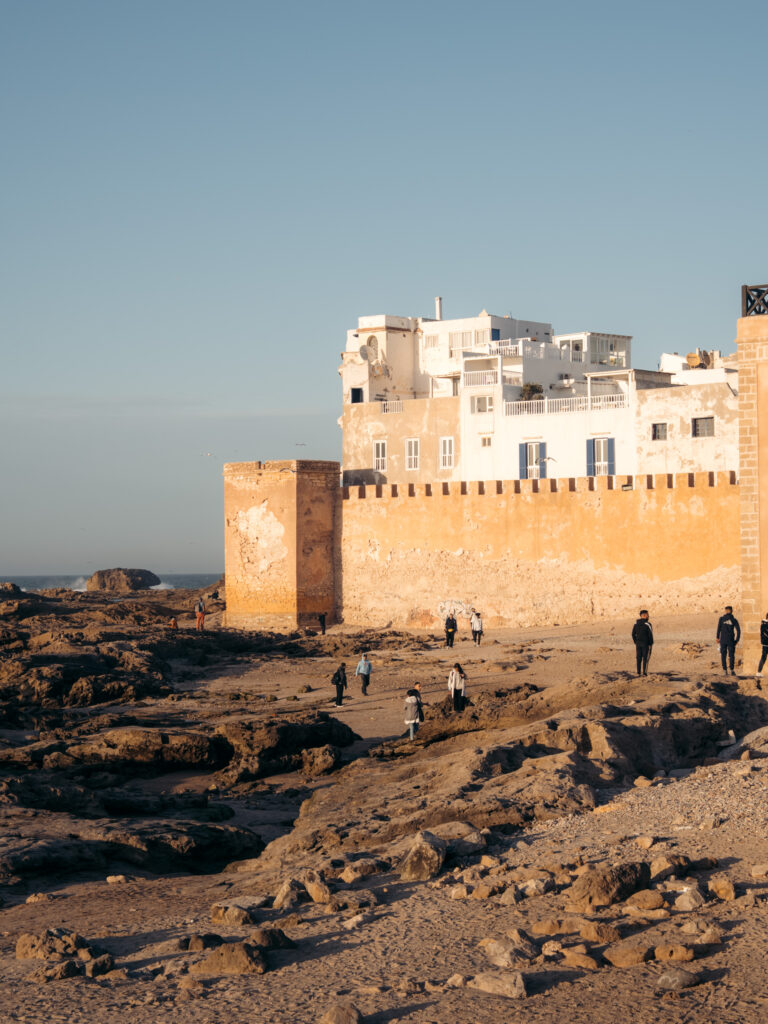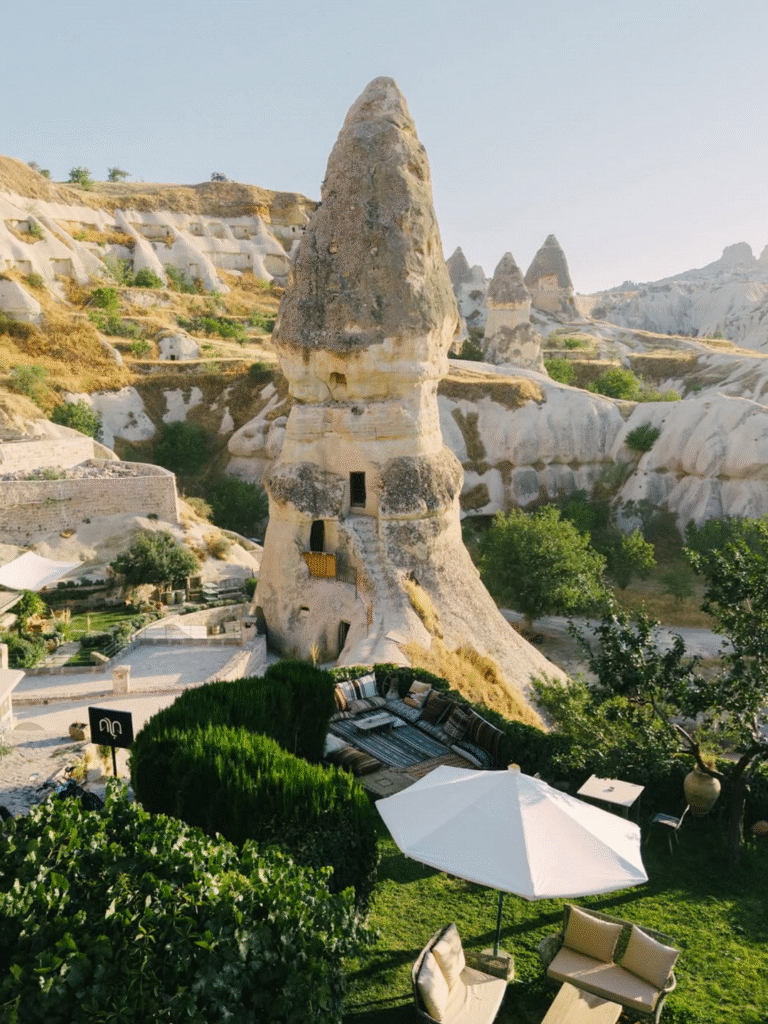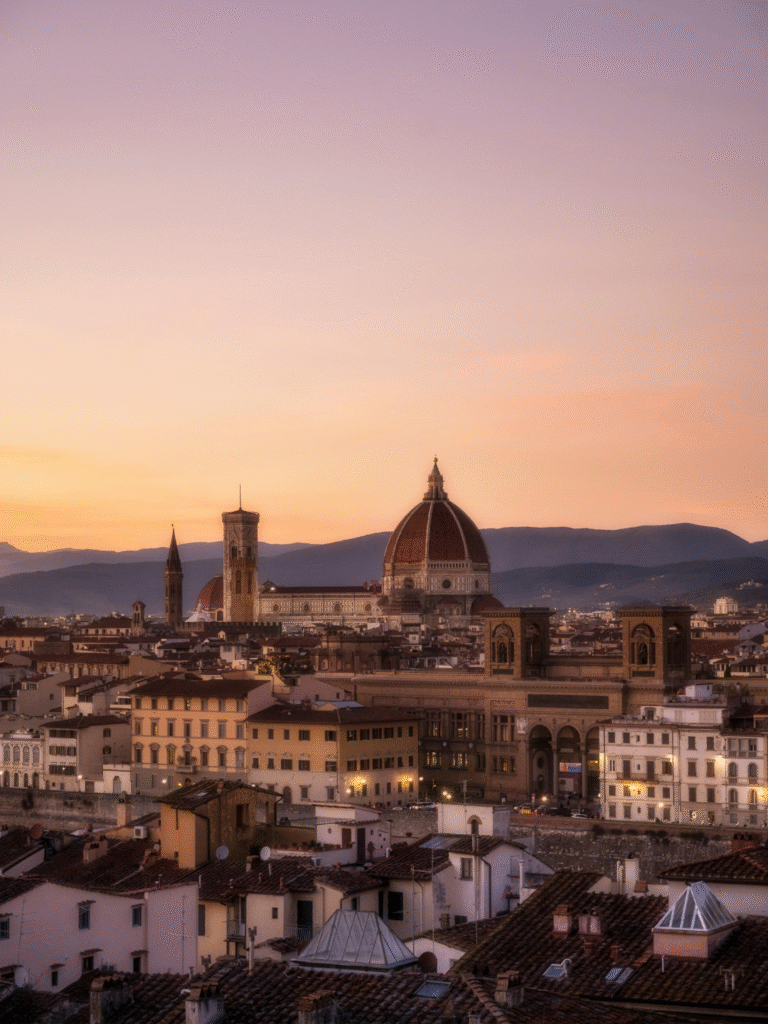We’re not here to shame the fridge magnet. We like them. They fill a kitchen with patchwork geography, small reminders that you’ve been somewhere worth remembering. Keep collecting them.
But travel also deserves souvenirs that live differently. Things you use, wear, taste, or hear every day. Keepsakes that carry the weight of the place you found them long after your luggage is back in the closet.
This is our shortlist of souvenirs that would be nice to bring home with you on your next trip from markets, workshops, and studios around the world.
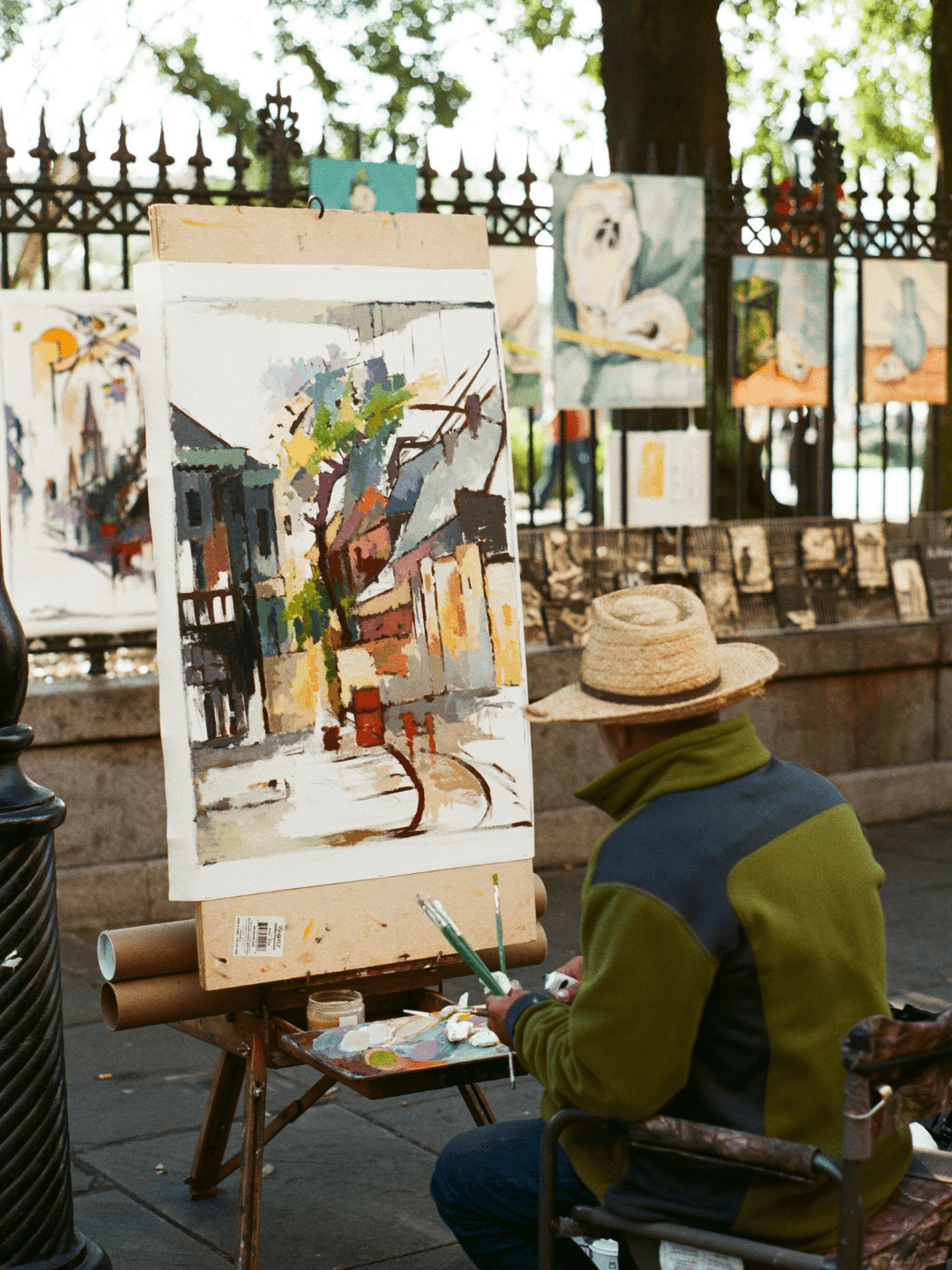
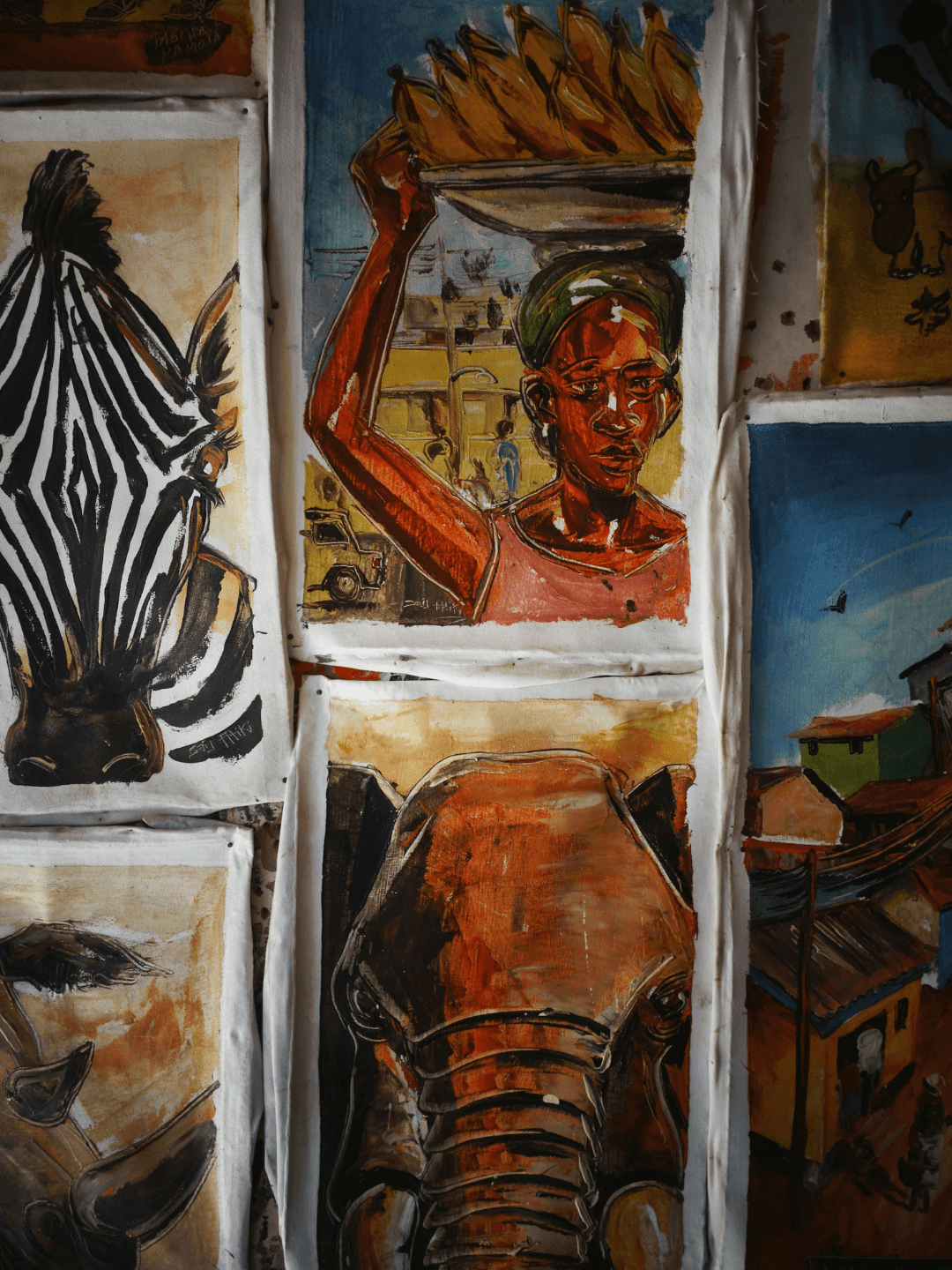
Artwork and Prints From Local Artists
It’s always nice when you stumble down a side street and find an artist doing what he loves, his pieces scattered on the pavement, half drying in the sun. There’s no factory behind him, no shipping container full of duplicates waiting to be sold in a hundred other cities. What you see is what exists. It’s imperfect, probably smudged with coffee or rain, but that’s exactly the point.
Buying one of these isn’t just supporting a local artist, though that’s reason enough. You’re also buying into perspective. It’s the city filtered through someone else’s eyes, not the algorithm’s. That’s a souvenir worth hanging up.
Best found in: Florence’s riverside stalls, Jemaa el-Fnaa galleries in Marrakech, Tbilisi’s Dry Bridge Market.
Perfect for: the friend who has an artsy palate.
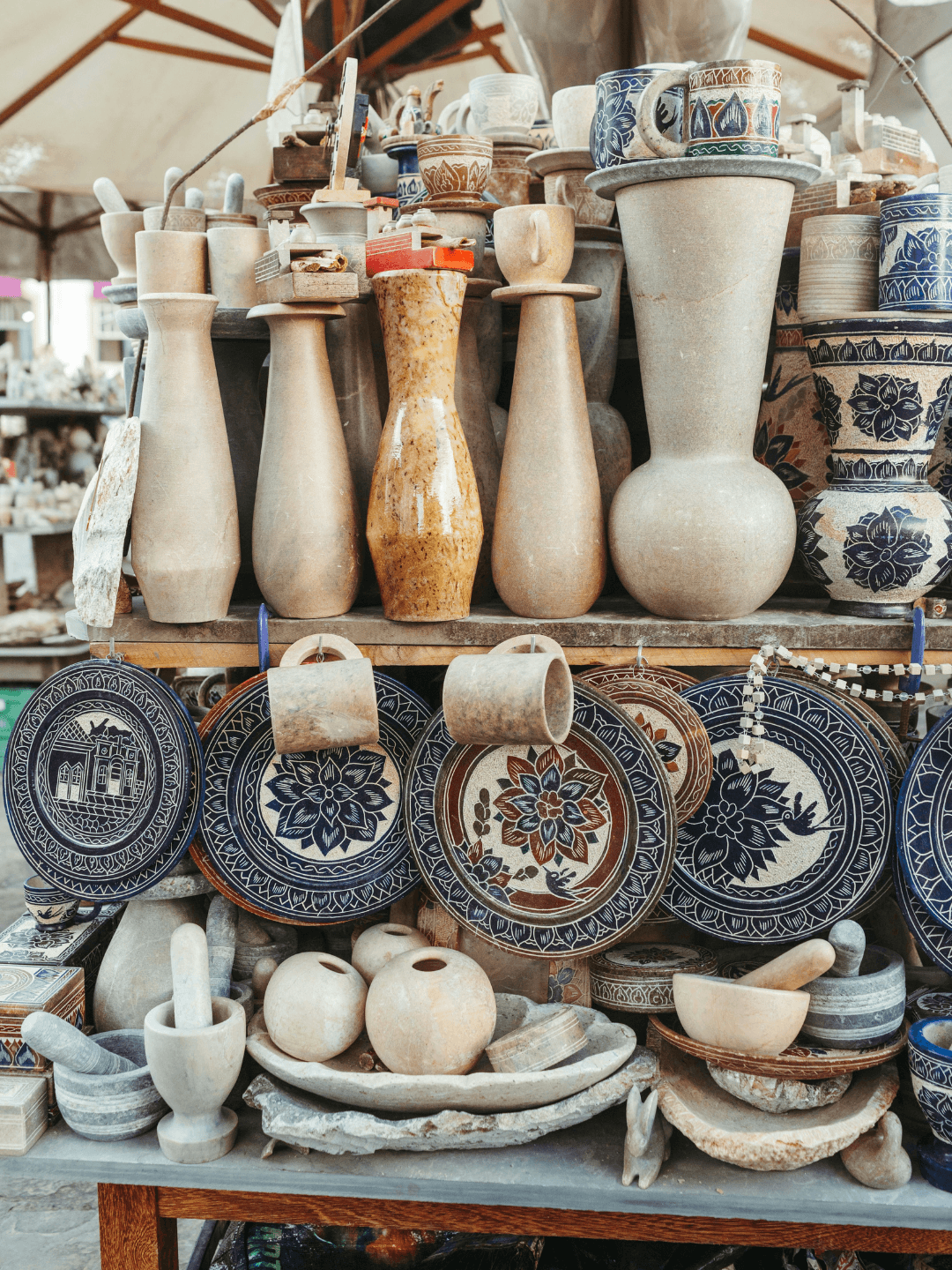
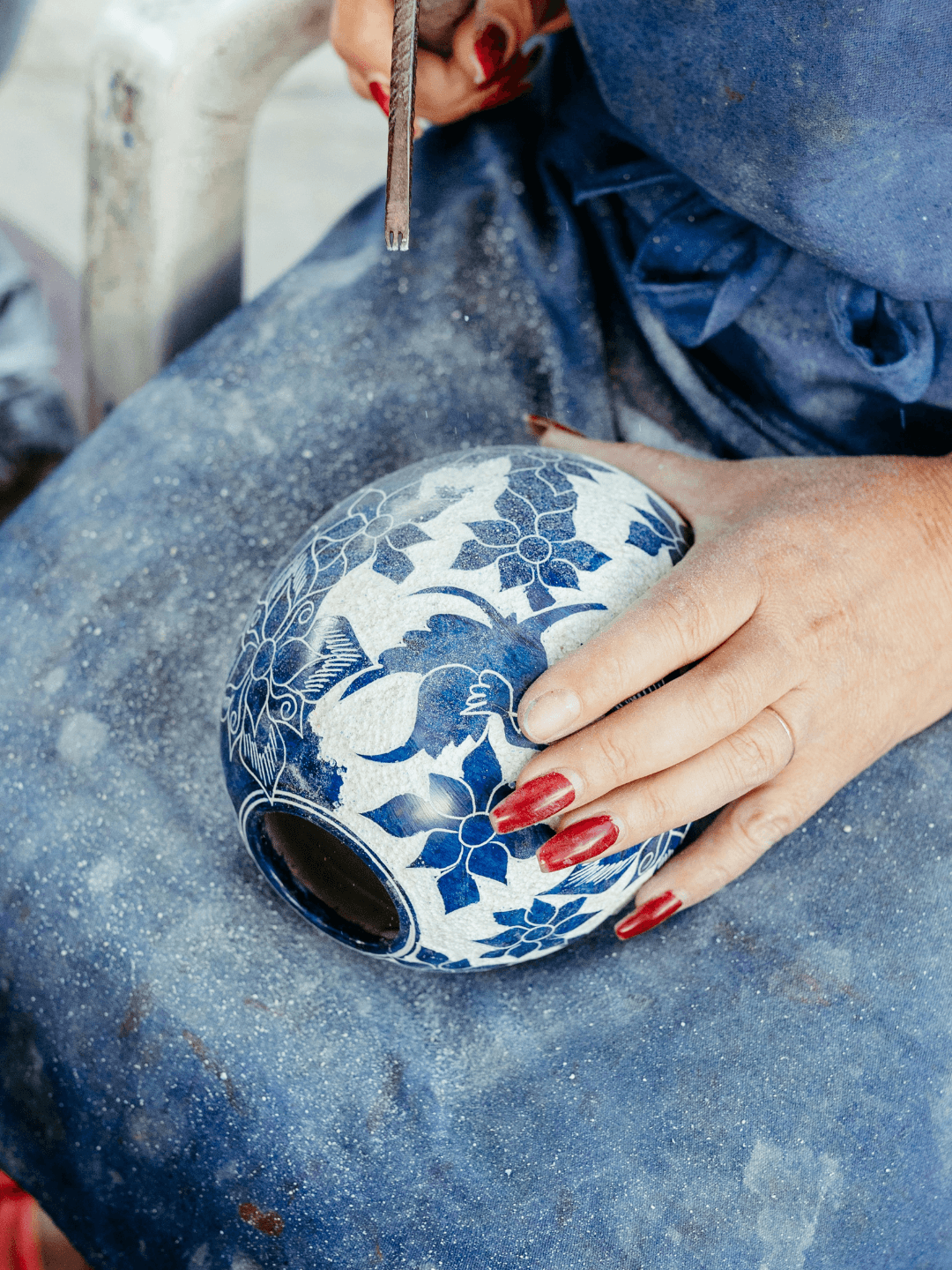
Hand-Painted Ceramics
Ceramics are art you can eat off, which makes them better than most art. They’re painted by locals who spend hours shaping, drying, and glazing until each pattern feels like a signature. No two places look the same on clay. Andalusia’s tiles swirl with Moorish geometry. On the Amalfi Coast, lemons stretch across plates like captured sunshine. In Fez, zellige is cut and painted until the artisan’s hands ache, because even the smallest mistake ruins the whole pattern. You might never notice the detail, but they will.
Of course, the first thing you’ll think is: how would one fit a dinner set into a carry-on? You don’t. Unless you are the type who enjoys buying a second suitcase and explaining to airport staff why your luggage should pass without you paying extra.
The easier option would be to opt for smaller trinkets: a bowl for your keys, a single tile for your bookshelf. These little anchors carry the place back with you, no chiropractor bills required. Of course we’re not here to tell you what to do, so do with the information as you wish.
Best found in: Andalusian tile shops, Vietri sul Mare, Fez medina workshops, Cappadocia village markets.
Perfect for: the friend who loves hosting dinner parties.
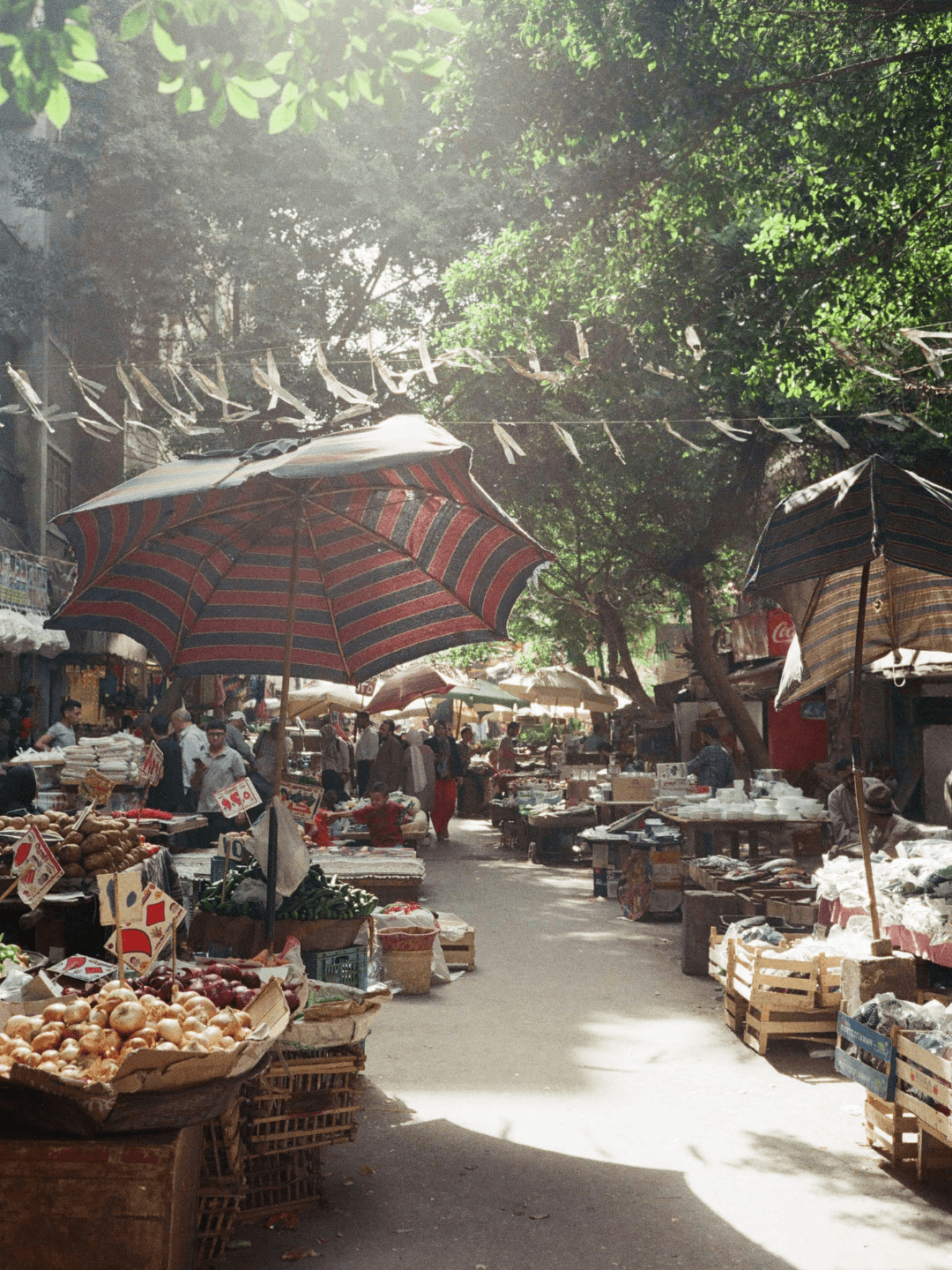
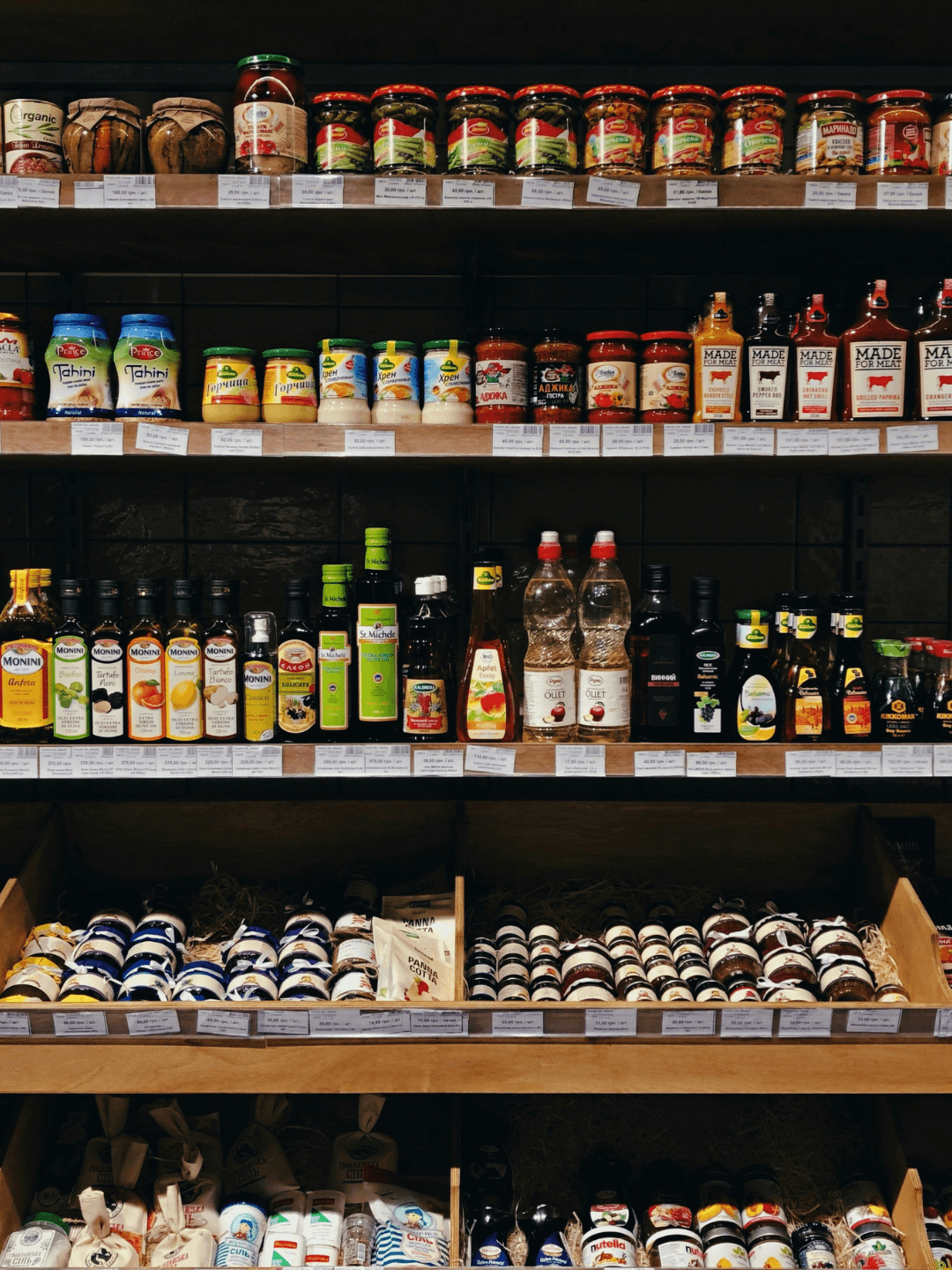
Olive Oils and Original Flavors
One of the best things you can bring back from a trip is food you can actually use. Functional, edible, gone in a week if you’re not careful. Olive oil is the obvious start. In Lebanon, it’s peppery and bold, meant to be mopped up with fresh bread. In Greece, it’s grassy and light, perfect over a tomato salad. In Sicily, it’s bottled like fine wine, complete with grove names and harvest years, because here oil is taken seriously.
Beyond oil, there’s pesto (from Cinque Terre’s Manarola for example) that smells like someone crammed a garden into a jar. There’s oregano and thyme sold in paper bundles in Athens, herbs so fragrant they’ll perfume your luggage before you’ve even zipped it shut.
These are items that won’t sit on a shelf collecting dust. They’ll vanish spoon by spoon, but that’s what makes them the perfect souvenirs: they’re temporary, delicious, and irreplaceable.
Best found in: Ortigia Market in Syracuse, Manarola’s old port shops, Beirut’s Souk Al Tayeb Farmer’s market or even Athens’ central markets.
Perfect for: The friend who lectures about “real olive oil” whenever they cook.
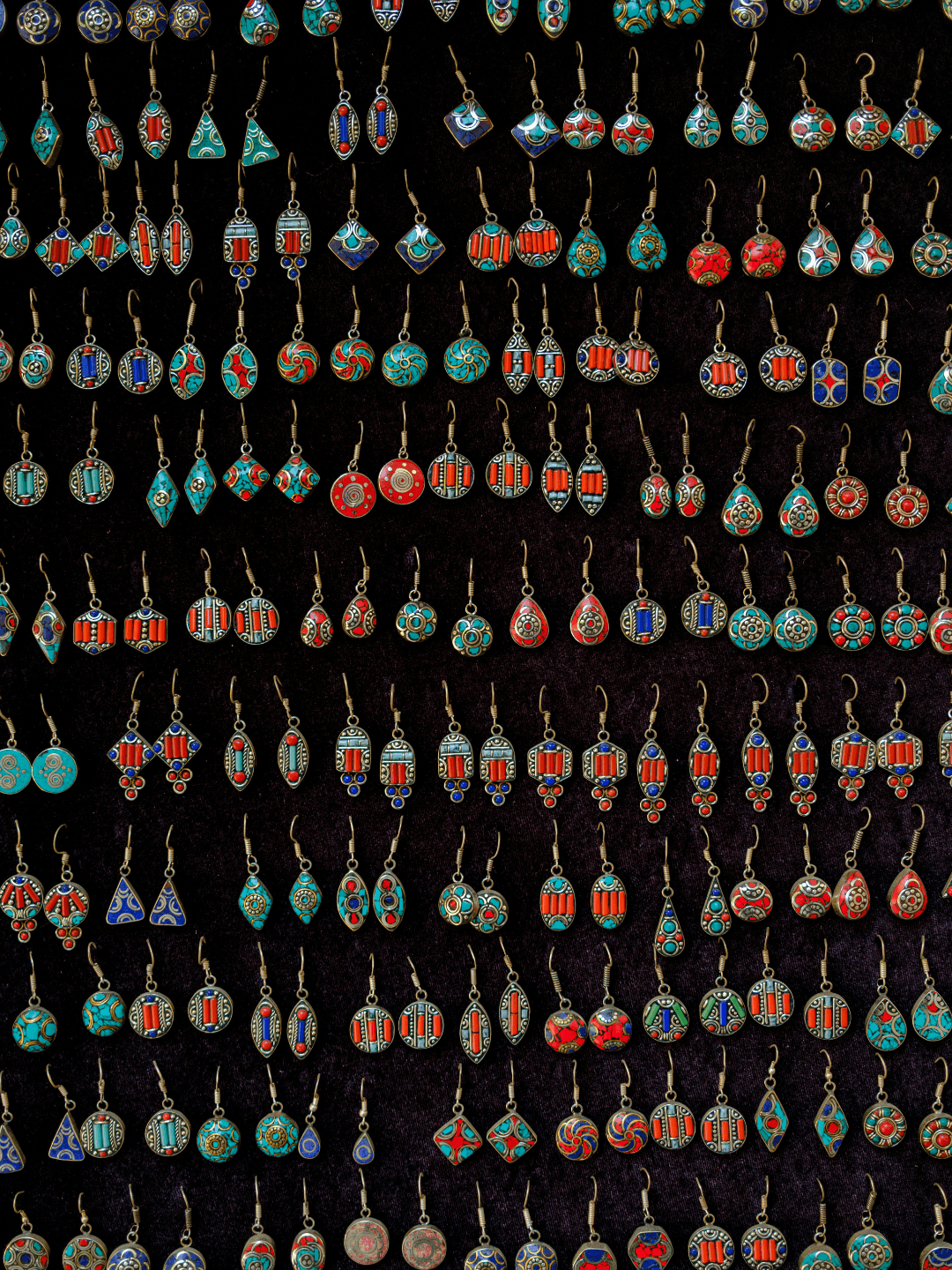
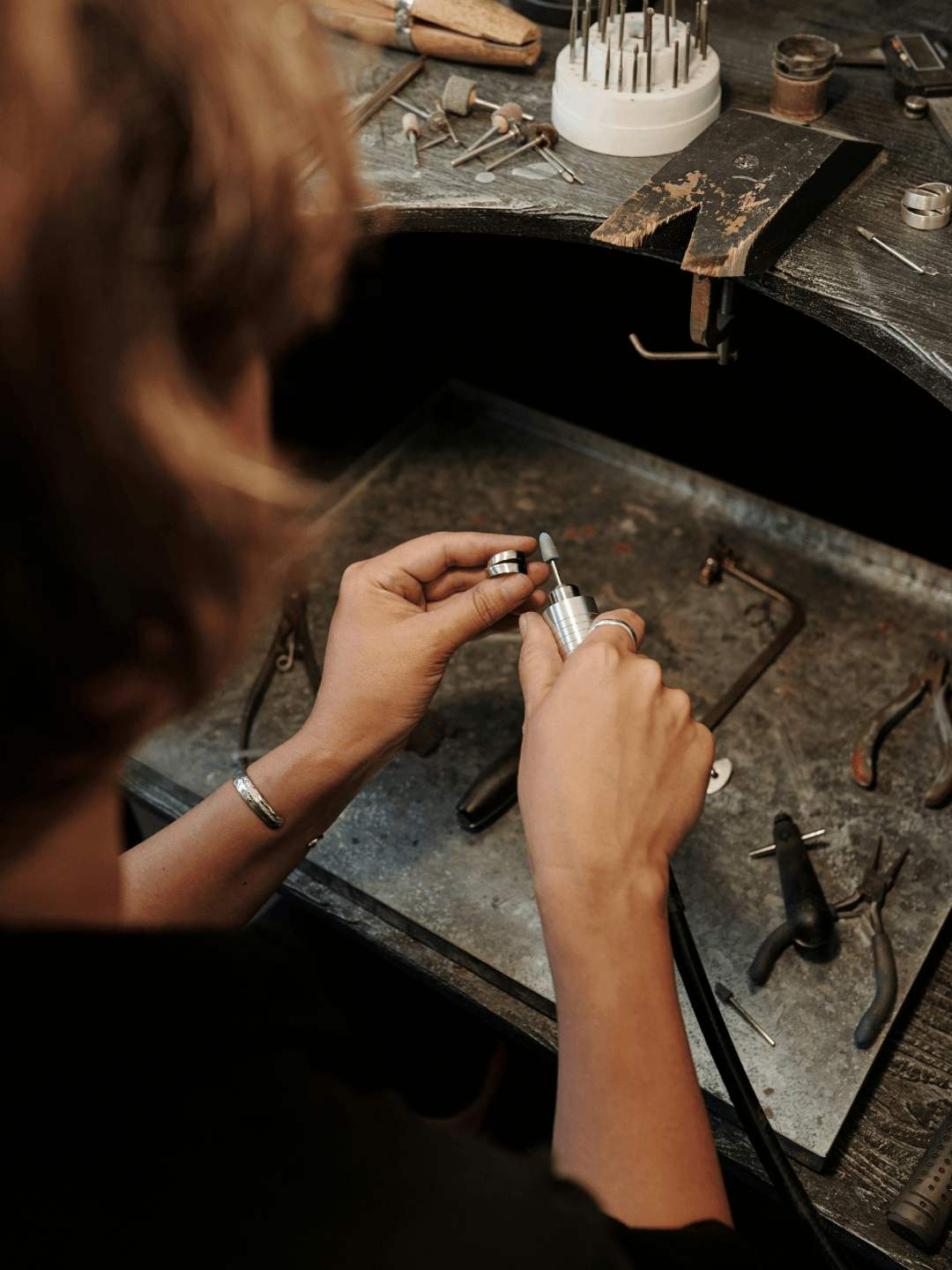
Handcrafted Jewelry
If you’re traveling light but still want to carry a piece of the place home with you, jewelry is the easiest win. It takes up almost no space, it won’t get flagged at airport security, and it doesn’t weigh more than a packet of gum. You can fit ten rings in your pocket and no one at check-in will care. Try saying that about ceramics.
Each place has its own signatures: Murano pendants that look like bottled lagoon water, Berber silver rings hammered with protective symbols, evil eye bracelets in Istanbul sold in every size from dainty to doorstop.
The best part? Jewelry doesn’t sit on a shelf. It scratches, tarnishes, and turns up at cocktail parties long after your tan is gone. Call it organic if you like but it ages with you.
Best found in: Murano glass ateliers, Marrakech silver quarter, Istanbul’s Grand Bazaar.
Perfect for: The friend that will happily wear a story.
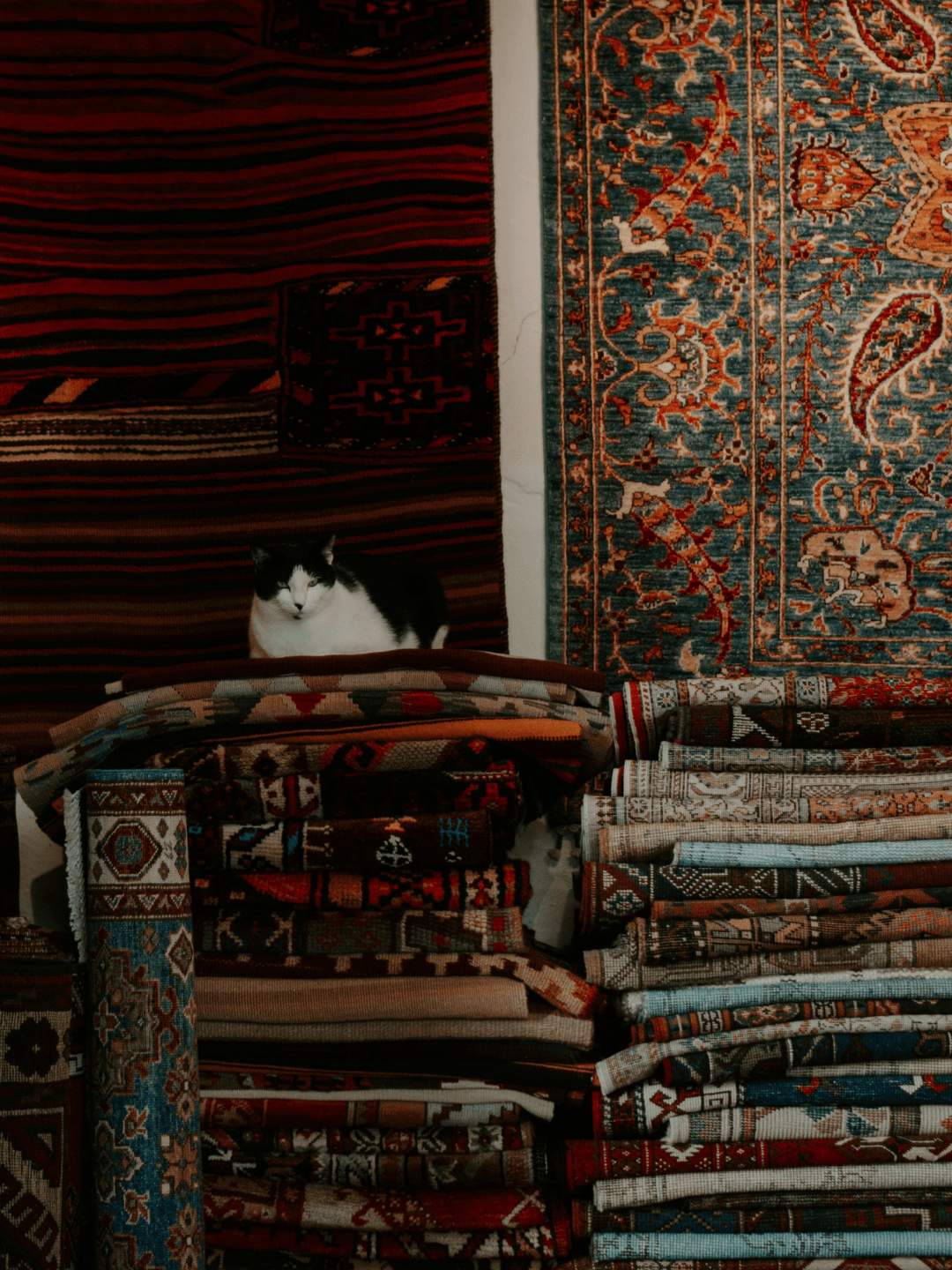
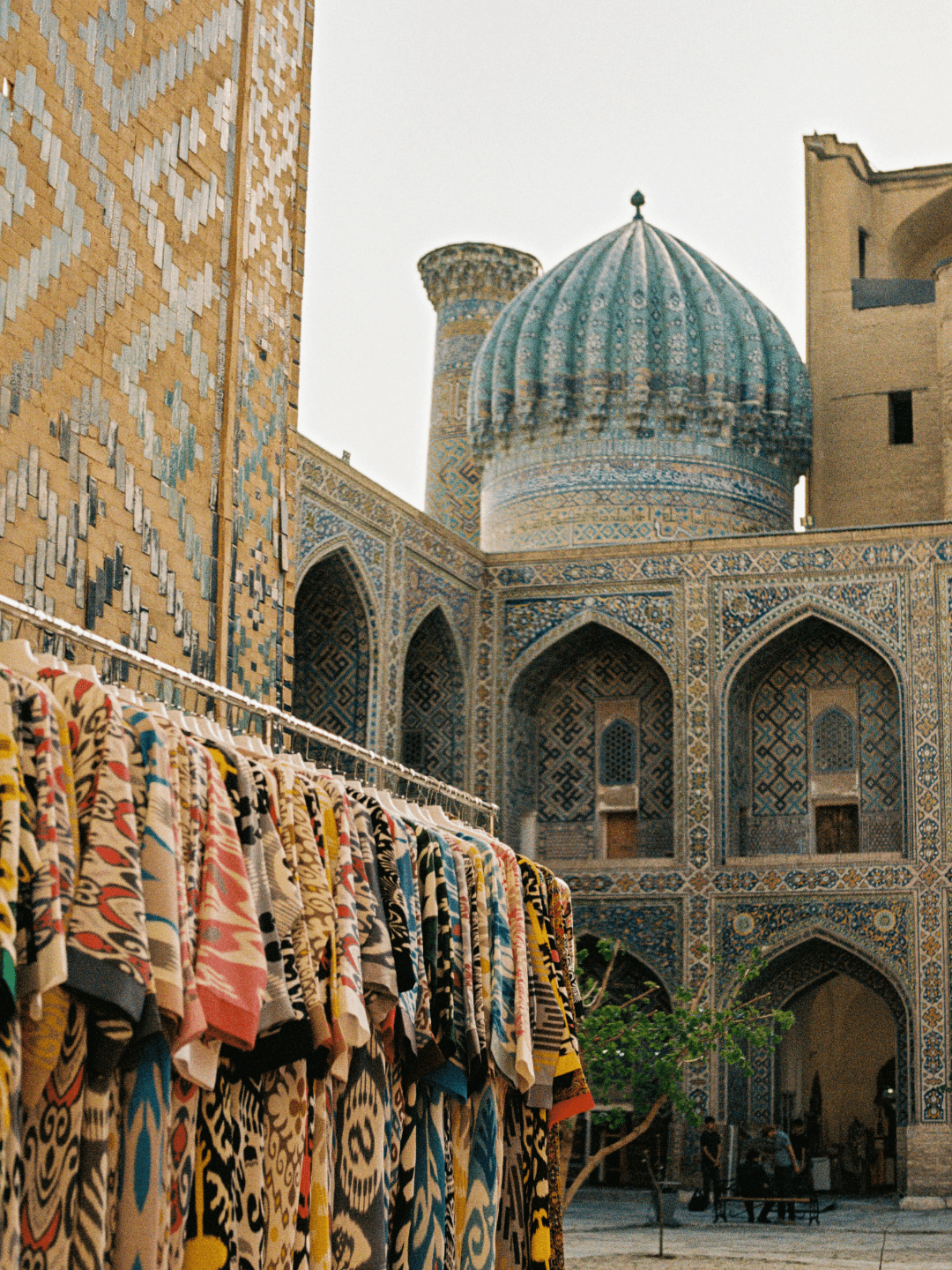
Handwoven Textiles
Textiles are one of the most timeless souvenirs you can bring across borders. Carpets and rugs from Iran and Turkey are often still handmade, with techniques passed down for centuries. Vietnam, too, has hill-tribe weavers who dye and weave by hand, though yes, machines have crept in. Either way, the thought and care poured into the patterns hasn’t gone anywhere. These designs aren’t just decoration, they’re geography woven into fabric.
Now picture this: you’re hosting friends, someone notices the rug in your living room and asks where it’s from. You get to casually drop, “Oh, that? Picked it up in Morocco.”
The same applies to wearable pieces. Cashmere pashminas from Kashmir or Nepal are light enough to pack, soft enough to spoil you, and timeless enough to outlast trends.
Best found in: Grand Bazaar in Istanbul, Fez and Marrakech souks, Hanoi’s hill-tribe markets, Srinagar weaving districts.
Gift it to: people who would like one more blanket draped over every chair.
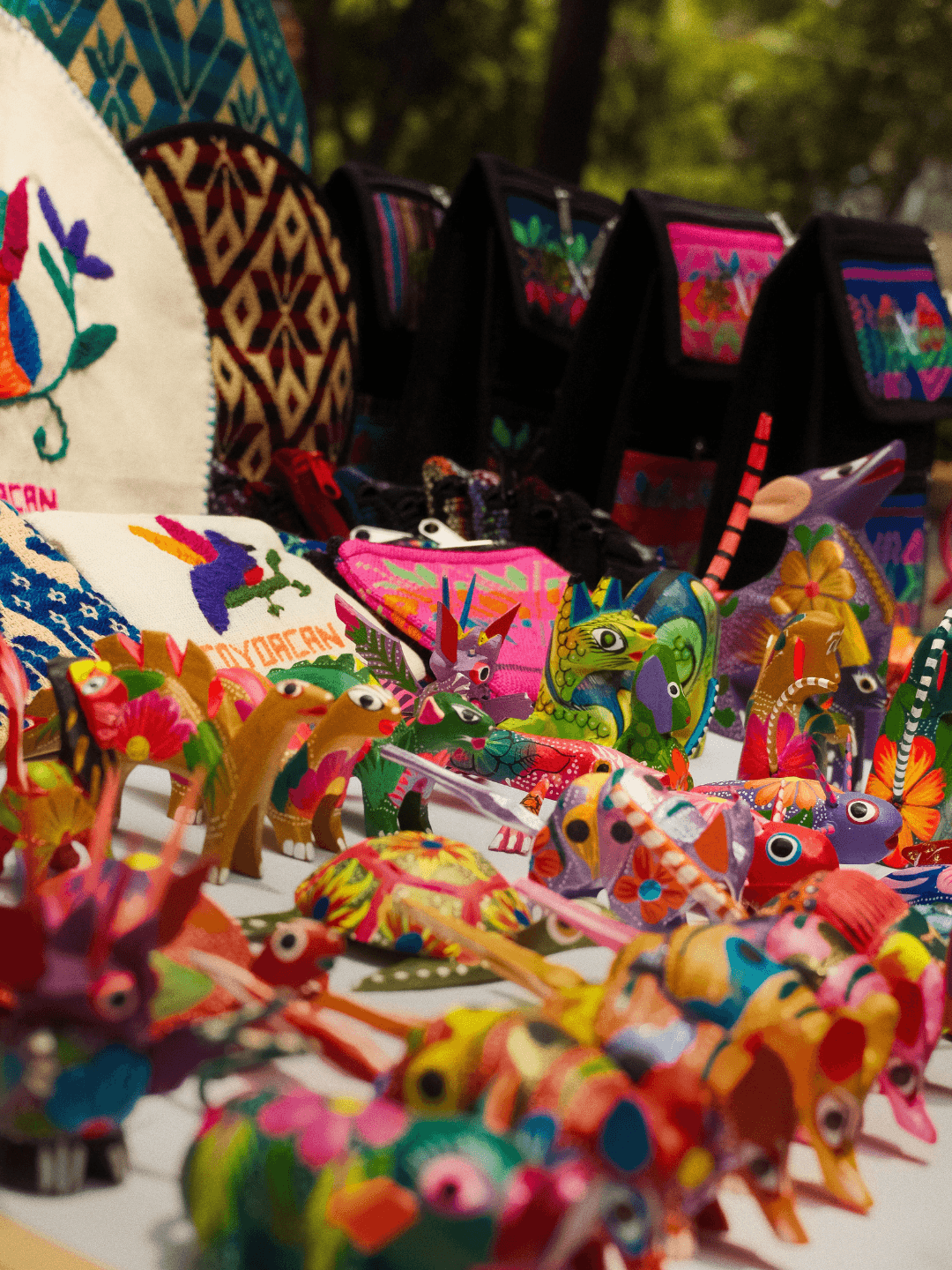
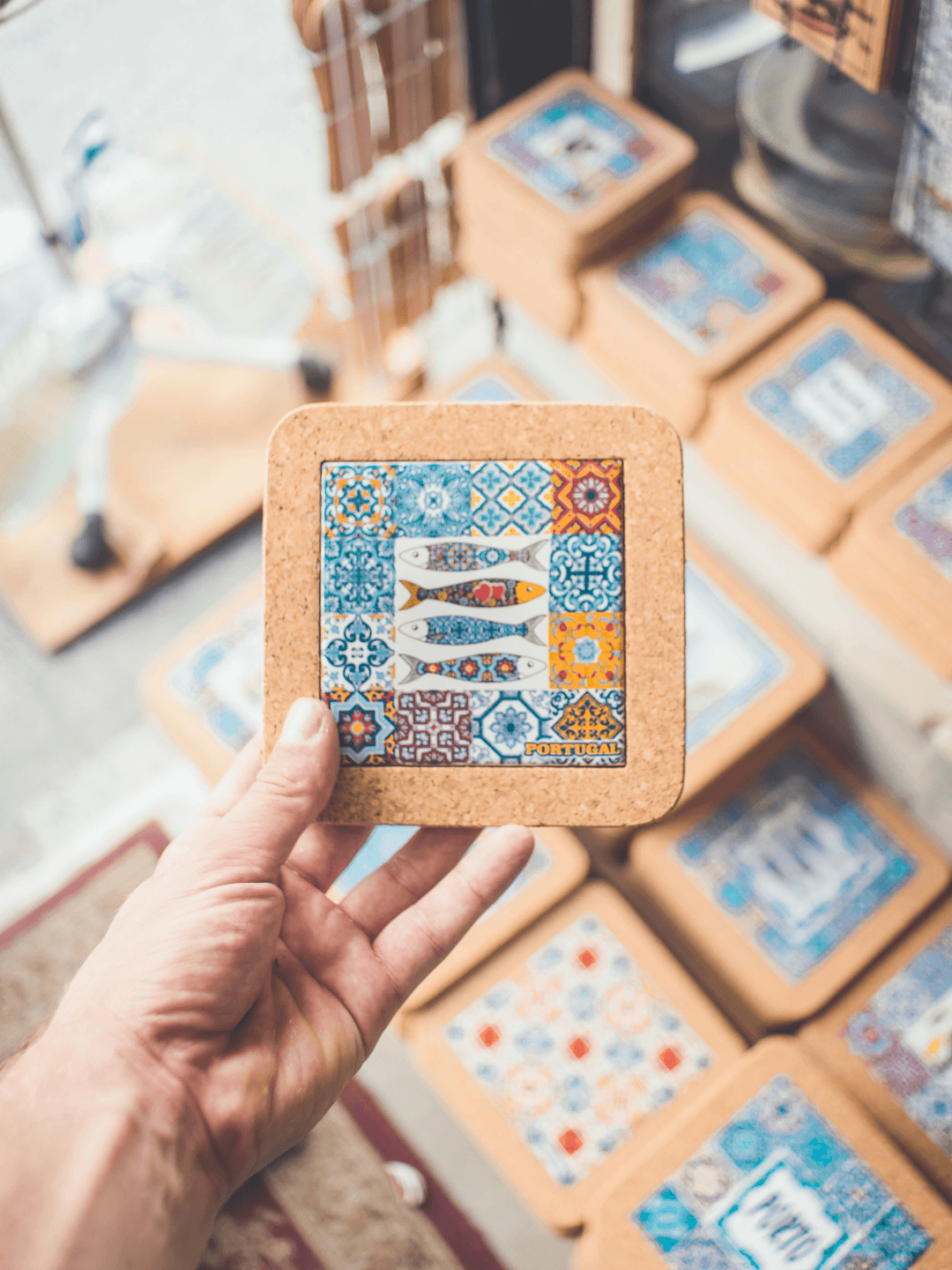
Miniature Sculptures
Not every souvenir has to dominate a room. Some of the best ones are finger-sized, small enough to lose between couch cushions but mighty enough to carry a story.
Oaxaca’s alebrijes are tiny painted wooden animals that look like dream fragments you can hold in your palm. Lisbon’s azulejo tiles shrink entire facades into pieces you can slide into your hand luggage without sacrificing space for snacks. In Chiang Mai, monks hand out clay Buddhas no bigger than your thumb, meant to be carried in pockets as talismans, not displayed on mantels.
The charm is in how they travel through your life. Scatter them across your home, a bookshelf here, a desk corner there, one by the window.
Best found in: Oaxaca artisan stalls, Lisbon tile shops, Chiang Mai temple fairs.
Perfect for: The travel collector who loves more treasure.

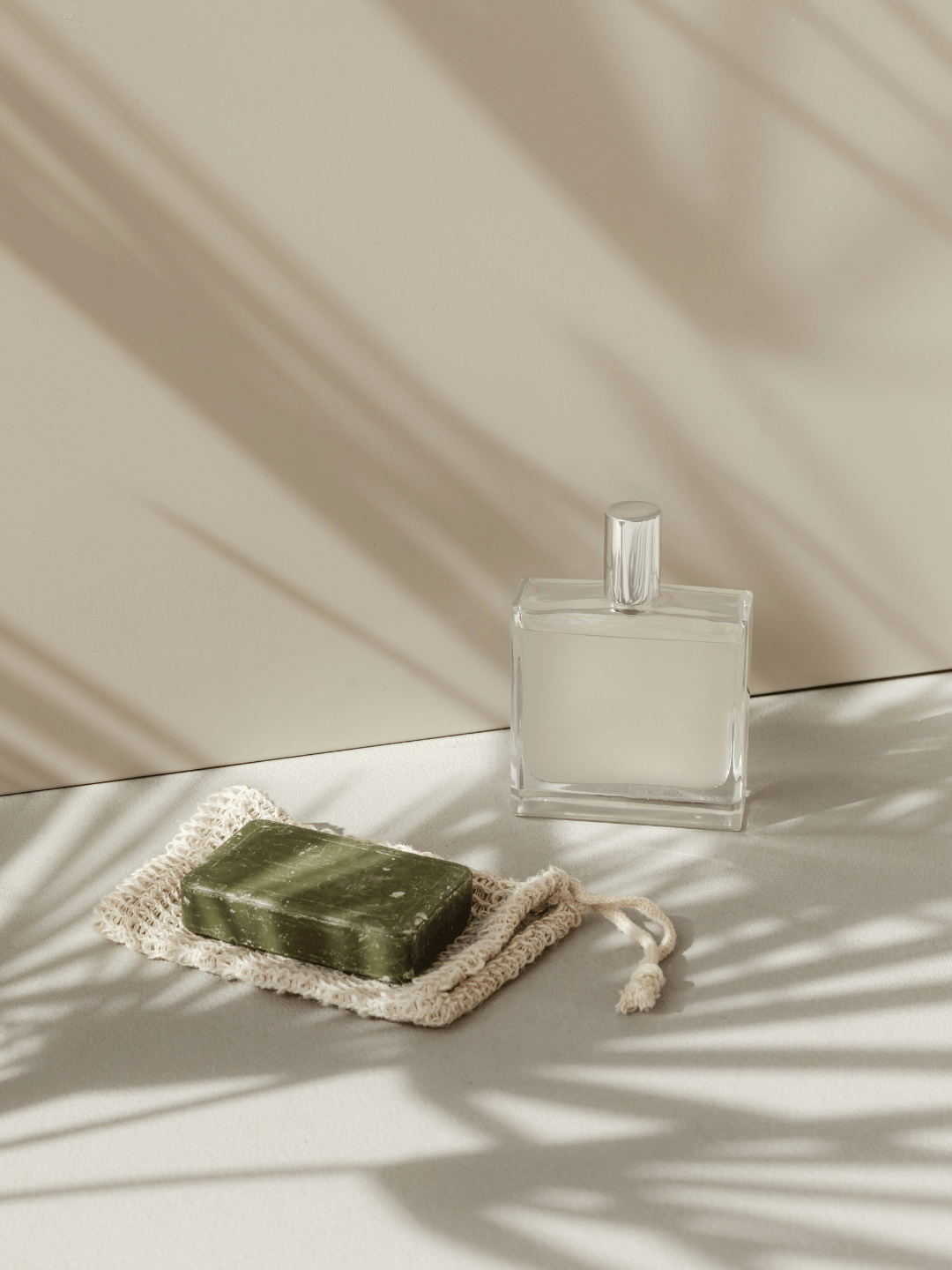
Perfumes and Botanical Soaps
Some places smell distinct, and locals have been bottling that identity for centuries. In Grasse, entire summers of jasmine and rose are distilled into perfumes small enough to slip into your carry-on but strong enough to linger for months. In Cairo’s Khan el-Khalili, amber oils and musk are poured into hand-cut glass vials so ornate you’ll want to keep them even after the scent runs out. Provence stacks lavender soap into neat towers that smell like an entire field compressed into a single bar.
Scatter them in drawers, bathrooms, or travel bags and every time you catch the scent, the trip resurfaces. A practical souvenir, yes, but also a time machine that works on demand.
Best found in: Grasse perfumeries, Khan el-Khalili in Cairo, lavender fields of Provence.
Perfect for: The friend who loves their own scent profile.
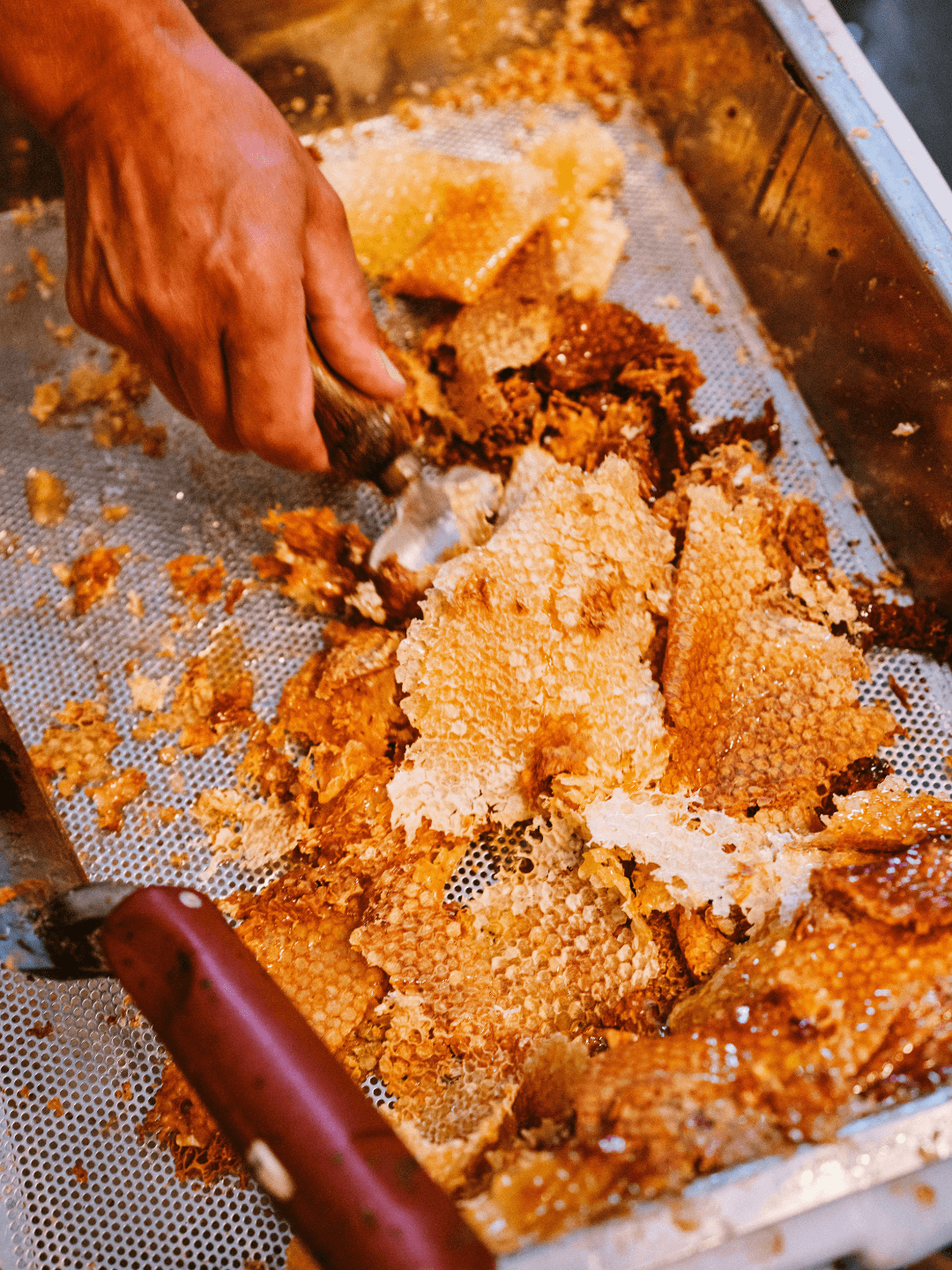
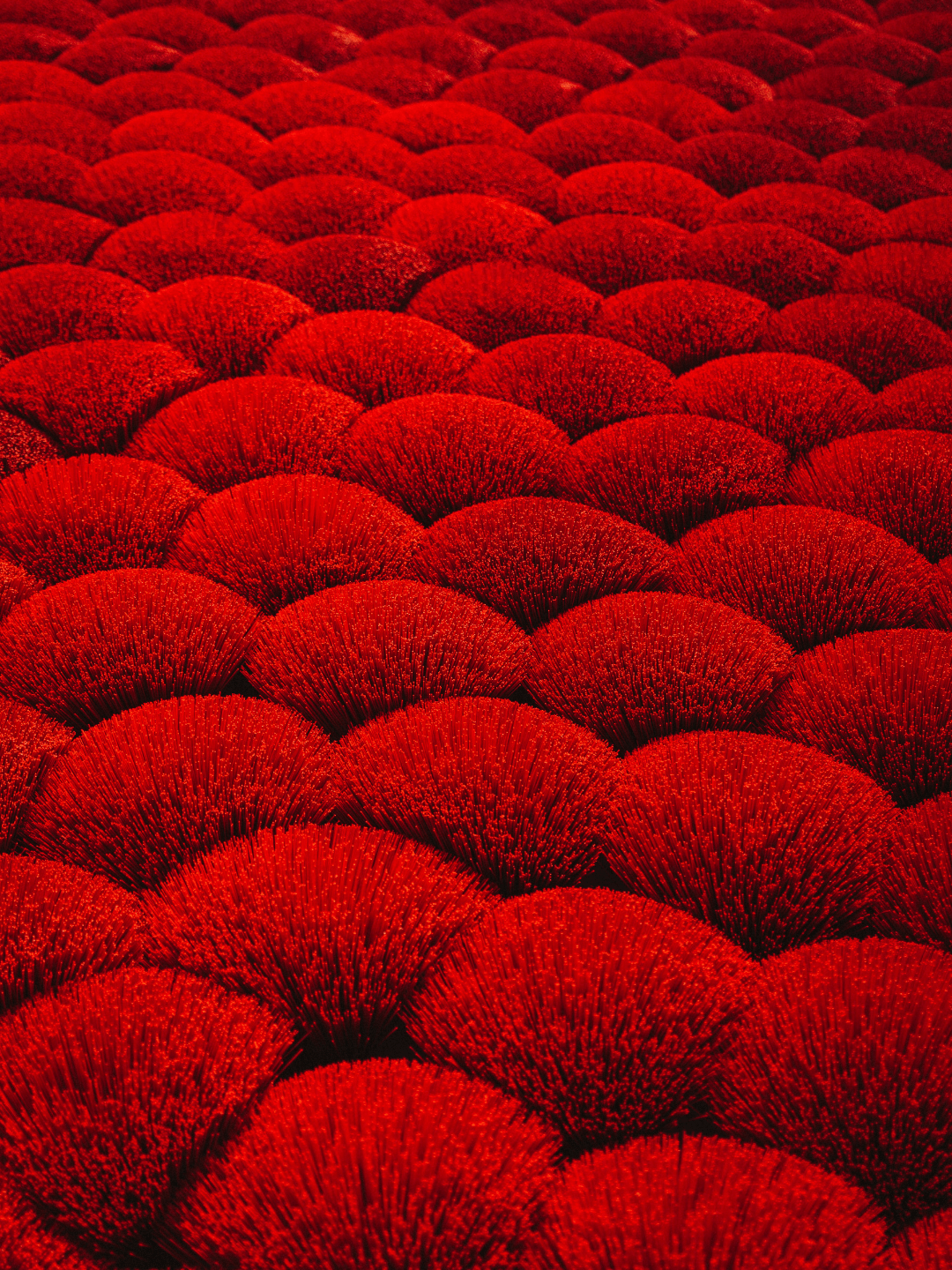
Spices, Honey and Incense
Travel teaches through scent as much as sight. The human brain can store around 50,000 distinct smells, which makes souvenirs of taste and smoke some of the richest you can bring back.
In Bali, incense is a daily offering. Canang sari baskets sit on doorsteps, and a single stick of smoke is a conversation with the gods. In Vietnam, villages like Quang Phu Cau dye and roll incense by the bundle, fueling pagodas and ancestor altars. In Beirut, za’atar, thyme, sesame, and sumac have seasoned breakfasts for generations. In Yemen, Sidr honey is treated with the reverence of fine wine.
Best found in: Ubud and Sukawati markets in Bali, incense villages around Hanoi, Beirut’s Souk el Tayeb and neighborhood bakeries, island markets in Greece.
Perfect for: The friend who obsessed over “Drops of God” when it first aired.
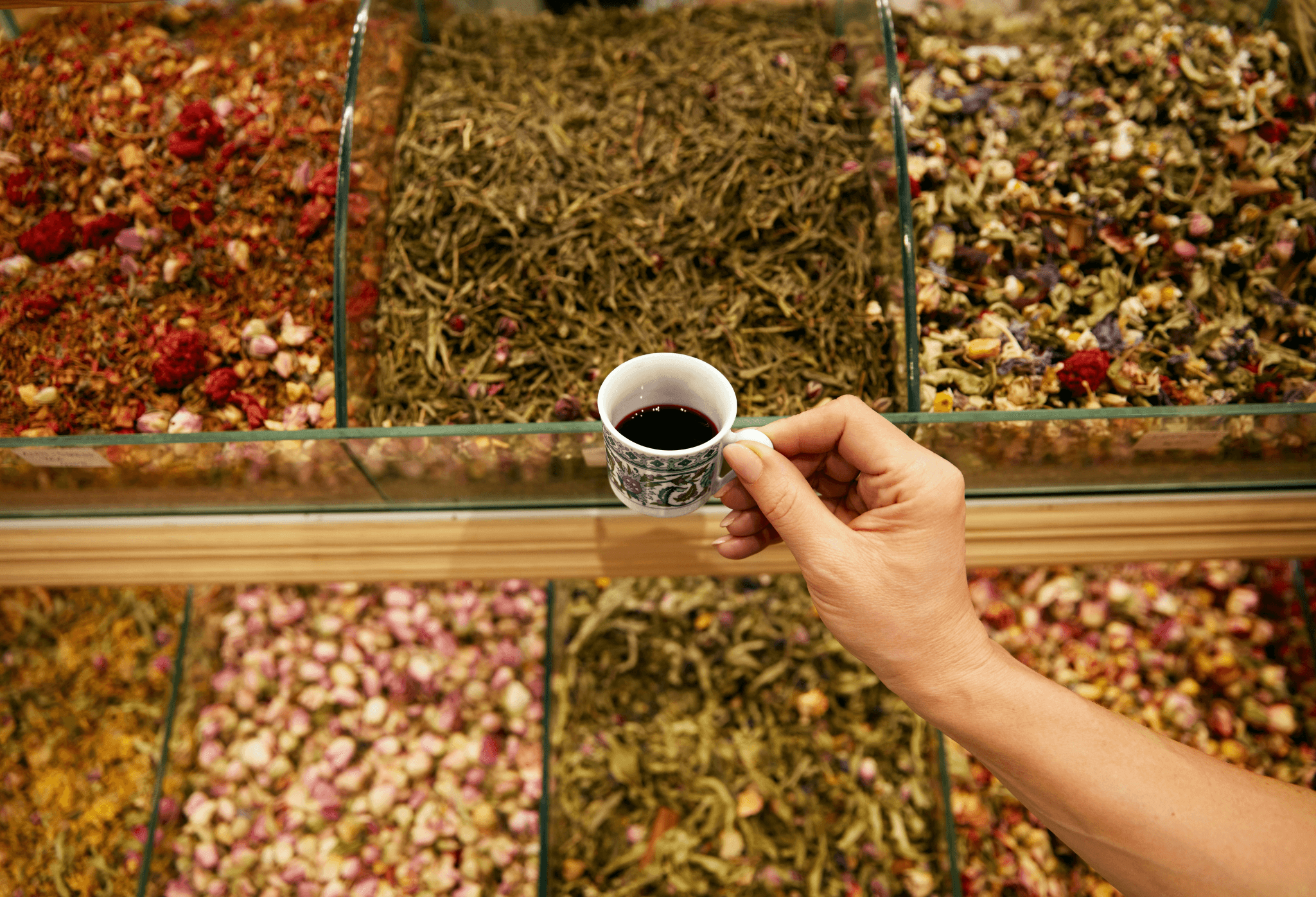
Subscribe to our newsletter
Get the best of The Mad Clouds straight to your inbox. Destination Guides, culture, photography and ideas, with expert analysis on the most meaningful stories in travel.


